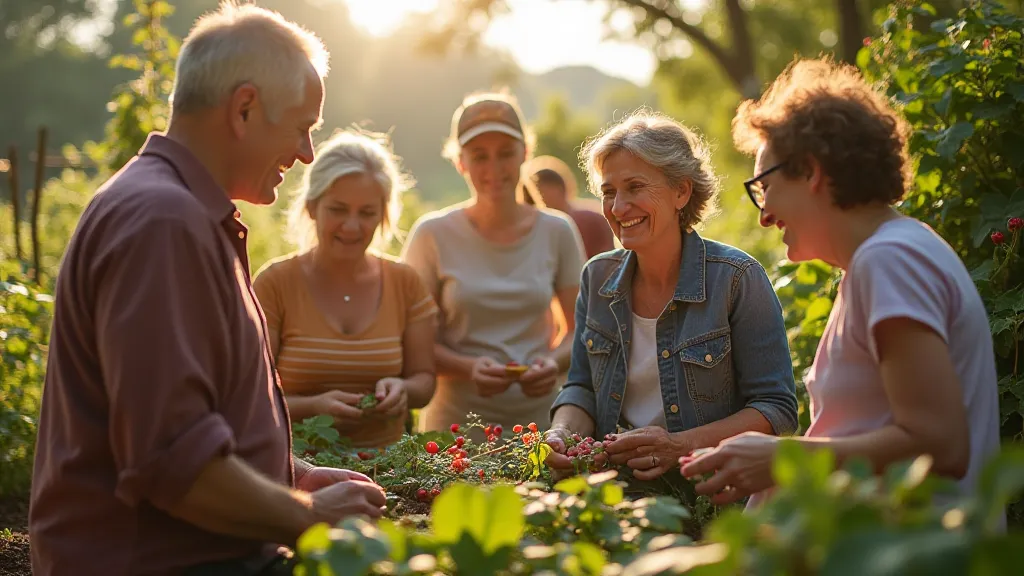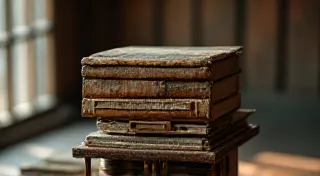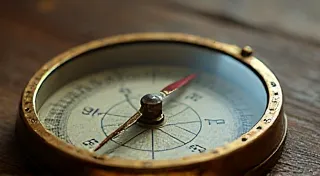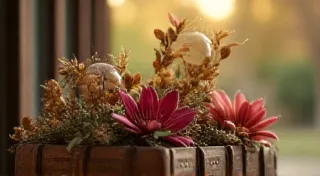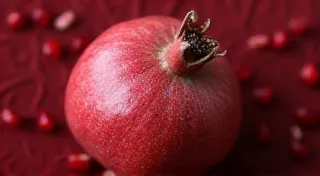The Bean’s Epilogue: Preserving Lineage for Future Generations
There’s a quiet poetry to heirloom seeds, a silent narrative woven through generations of farmers and gardeners. Much like a lovingly restored antique accordion, each bean holds within it the echoes of its ancestors, a testament to a specific time, place, and the hands that nurtured it. These aren’t your supermarket beans, uniform in size and lacking in character. Heirloom beans are vessels of history, carrying flavors and textures lost to the relentless pursuit of industrial efficiency.
I remember my grandfather, a man weathered by sun and soil, patiently showing me how to save seeds from his ‘Jacob’s Cattle’ beans. He didn’t speak much about the 'why' - he just did. He’s gone now, but the memory of his calloused hands carefully selecting the plumpest, most vibrant beans, the reverence he held for their potential, remains vividly clear. That’s when I truly understood that seed saving isn't just a gardening technique; it's an act of profound respect, a bridge to the past, and a commitment to the future.
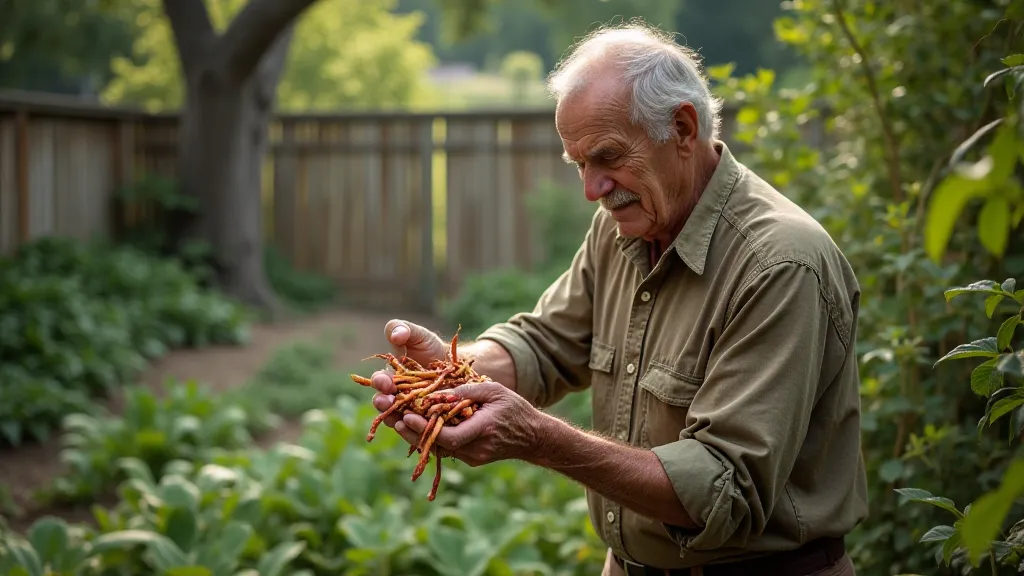
A Tapestry of Flavors: Understanding Heirloom Varieties
What exactly defines an heirloom bean? Generally, they are varieties that have been passed down for at least 50 years, often far longer, and are open-pollinated. This means they reproduce naturally, without human intervention beyond basic pollination. The ‘Jacob’s Cattle’ beans my grandfather grew are a perfect example – a stunning mix of cream, pink, and crimson, they’re a visual and culinary delight, a far cry from the dull uniformity of commercially produced beans.
Other beloved heirloom varieties include ‘Kentucky Wonder’ (a classic pole bean with a sweet flavor), ‘Soldier’s Delight’ (known for its beautiful speckled appearance and exceptional taste), and ‘Blue Lake’ (an early variety with a distinctive bluish hue). Each possesses a unique story, often linked to the people and communities that cultivated them. These aren't just beans; they're living legacies.
The Craftsmanship of Preservation: Seed Saving Basics
Saving bean seeds isn't complicated, but it requires a bit of knowledge and careful attention to detail. Think of it like restoring an old accordion – you need to understand its mechanisms, be gentle in your handling, and be prepared for a bit of patience. First, allow your bean plants to fully mature. Unlike snap beans harvested while young, seed-saving beans need to stay on the vine until the pods are dry and brittle. The pods will rattle when shaken.
Once dry, harvest the pods. You can do this by cutting the entire vine or selectively harvesting only the pods ready for seed collection. The next step is shelling the beans. Remove the beans from the pods and spread them out on a clean surface to dry further, ideally in a well-ventilated area out of direct sunlight. A fan can help speed up the drying process. Once completely dry – they should snap when bent – store them in airtight containers in a cool, dark, and dry location.
Why Save Seeds? The Importance of Agricultural Biodiversity
The homogenization of our food supply is a significant concern. The vast majority of commercially grown crops are derived from a handful of varieties, making our agricultural system vulnerable to disease, pests, and climate change. Heirloom seeds represent a vital reservoir of genetic diversity. By saving and sharing these seeds, we safeguard a wealth of traits that could be crucial for adapting to future challenges. It's a form of agricultural insurance, a way to hedge against the uncertainties of the future.
Think about the intricate craftsmanship involved in building an antique accordion. Each bellows, each key, each intricate mechanism represents the ingenuity and skill of the artisan. Similarly, each heirloom variety embodies the accumulated knowledge and adaptation of generations of farmers. To lose these varieties is to lose a part of our agricultural heritage, a loss as profound as losing a priceless musical instrument.
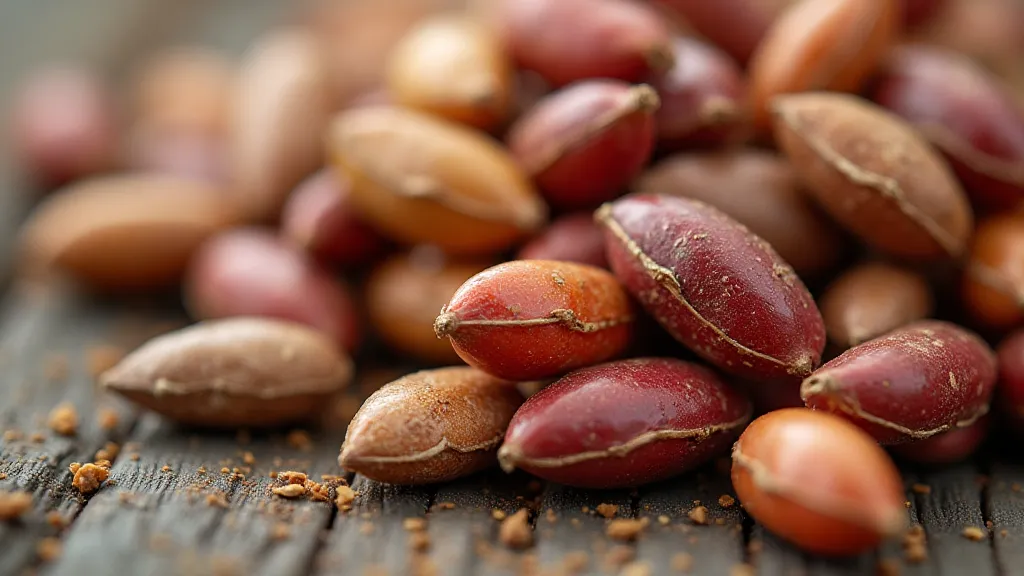
Beyond the Basics: Considerations for Bean Seed Saving
While bean seed saving is relatively straightforward, there are a few crucial details to keep in mind. Beans are self-pollinating, meaning they typically don’t cross-pollinate easily. However, if you’ve grown multiple varieties of beans close together, there’s a small chance of cross-pollination. To avoid this, maintain at least 100 feet between different bean varieties when saving seeds for breeding or maintaining purity.
Record keeping is also important. Label your seeds clearly with the variety name, the year they were saved, and any relevant notes about the growing conditions. These notes can be invaluable for future generations of gardeners. Think of it like meticulously documenting the restoration process of an accordion – recording each step, each repair, ensures the instrument’s history is preserved.
Sharing the Legacy: Connecting with the Bean-Saving Community
Seed saving shouldn't be a solitary endeavor. Connecting with other gardeners and seed savers is a rewarding experience. Local seed exchanges, online forums, and gardening clubs provide opportunities to learn from others, share seeds, and celebrate the beauty of heirloom varieties. Just as collectors of antique accordions often share their knowledge and passion, so too can bean savers enrich each other's journeys.
The act of saving seeds, of passing on a living legacy, is a powerful reminder of our connection to the land and to the people who came before us. It’s a way to honor the past, nourish the present, and secure a more resilient and flavorful future for generations to come. The bean’s epilogue is far from written; it is constantly being revised, enriched, and passed on, one seed at a time.
